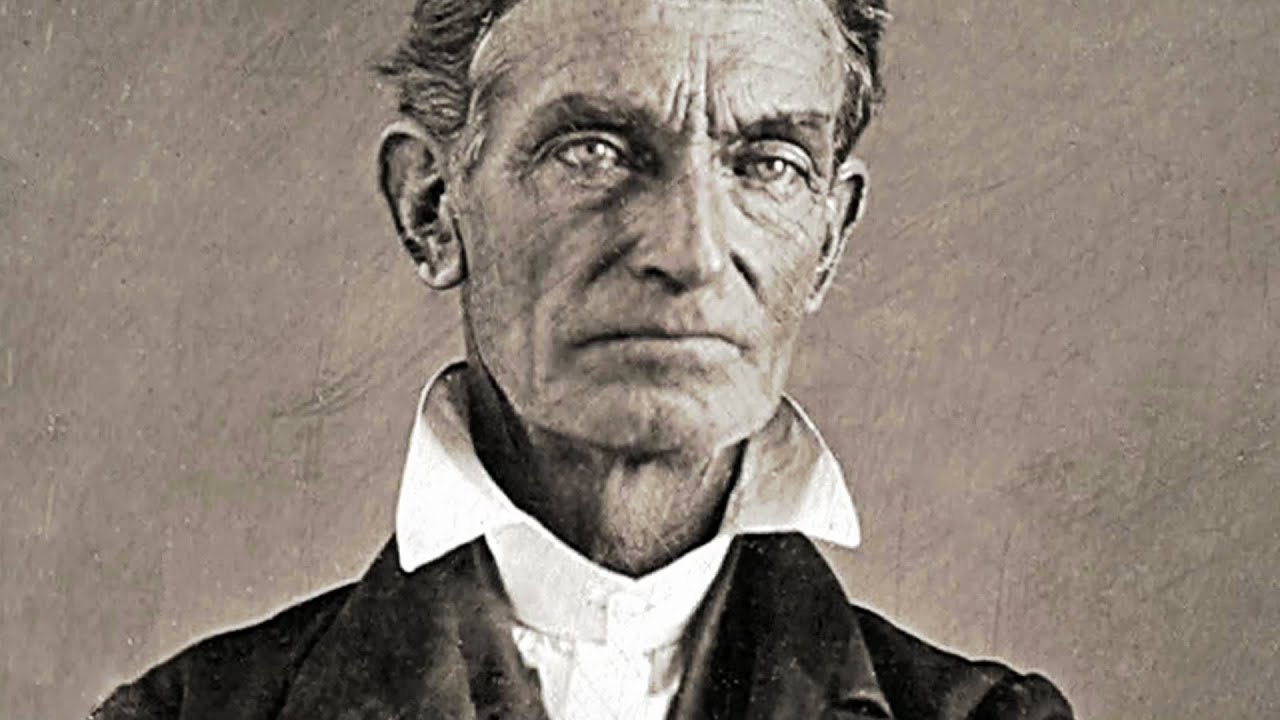Radical Abolitionist John Brown hoped to incite a successful slave rebellion to create a free state for African Americans. On October 16, 1859, John Brown headed a minor attack on the U.S. military arsenal at Harpers Ferry, Virginia.
John Brown witnessed the beating of a young slave
John Brown’s early life did not predict his future infamous actions. John was born on May 9, 1800, in Torrington, Connecticut. John was born fourth in a family of eight children to Owen and Ruth Mills Brown. John witnessed the beating of a young slave when he was 12 years old. John knew the American slave boy that was being assaulted. This heartbreaking experience inspired John to become a life-long abolitionist.
John married Dianthe Lusk in 1820. The couple was blessed with seven children before Dianthe Lusk’s death in 1832. John married Mary Ann Day a year later, and they bore 13 children within 21 years. John took different jobs to vend for his family from 1820 to 1850. John and his family experienced financial problems; therefore, they often moved around the northeastern United States looking for a better life. John was agitated by the murder of abolitionist Elijah P. Lovejoy. John henceforth devoted his life to ending slavery.
John Brown’s life in Springfield, Massachusetts
In 1846 John relocated to Springfield, Massachusetts, a stronghold for the anti-slavery movement. John joined the Stanford Street church that African American abolitionists founded. The speeches of Fredrick Douglas and Sojourner Truth impressed John so much that he continued with his mission. John participated in making the Underground Railroad while in Springfield. John employed his sons to assist in transporting and guiding the slaves running from the South through the North and into Canada.
Harper’s Ferry
In 1859, John led attacks to free the enslaved slaves in regions where slavery was rive, mainly in the Midwest. John could meet Harriet Tubman and Frederick Douglass, activist and abolitionist, respectively. Tubman and Douglass played an essential role in reinforcing John’s ideology of fighting slavery.
Tubman assisted John with attacking the slaveholders and the United States military armory at Harpers Ferry, Virginia. John and Tubman were successful in attacking the slaveholders as they got the backup of the enslaved people. John was hopeful that the attack would create a firm ground for revolt. Historians often call the Harper’s ferry attack “a dress rehearsal for the civil war. “
John hired 22 men and his sons Owen and Watson together with other freed enslaved people. The group received military training in preparation for the rival attacks.
John Brown’s raid
The operation that started on October 16, 1859, led to the capture of Colonel Lewis Washington, the distant relative of George Washington. Nonetheless, the Washington family continued owning the enslaved people.
Owen Brown led a group of men that kidnapped Washington. The other men raided herpes with the guidance of John. This group of men seized the pro-slavery leaders in town together and the weapons.
John Brown’s Fort
John’s group was able to capture many local slave-owners. But local people began fighting back at the end of the 16th day. The locals raised the local militia that captured a bridge crossing the Potomac River and cut off an essential escape route for John and his group.
John Brown’s body
John was arrested and transported into the courthouse near Charles Town by lee and his men. John was imprisoned until his time for trial. John was judged for treason against the Commonwealth of Virginia. John was hanged on December 2, 1859, when he was 59 years old. Lee and the pro-slavery activist John Wilkes Booth witnessed his execution.

